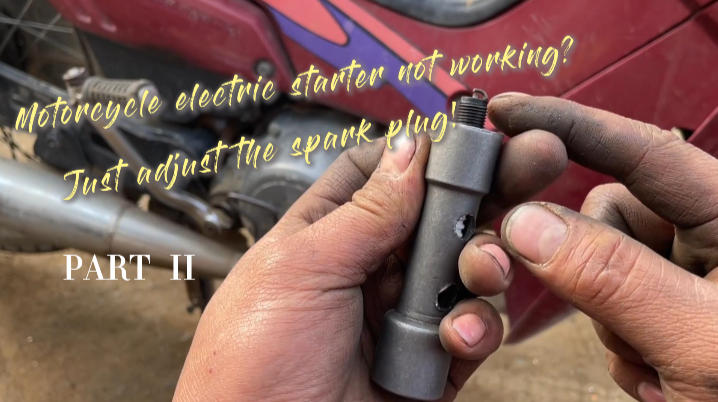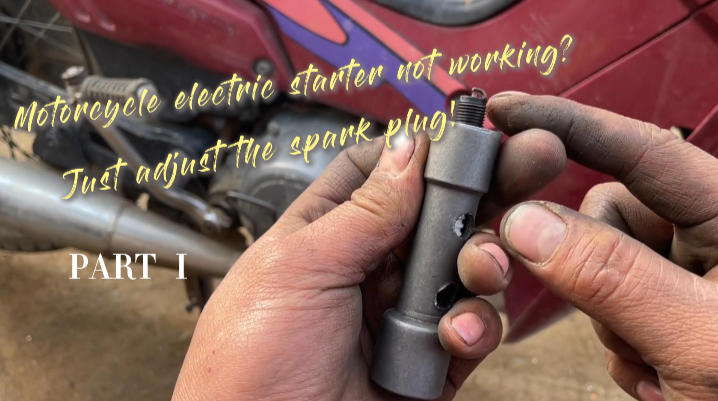Lawn Mower Won't Start? Find Out Why and How to Fix It—Engine Gradually Stalls During Operation
-
16
-
2025-09-17 16:13:13
When you’re taking care of your lawn, a lot of people run into this problem: the mower’s running, you haven’t let off the throttle, but all of a sudden its power starts to fade, the speed slows down, and eventually it shuts off on its own. This issue doesn’t just mess up your workflow—it can also throw off your next steps if you end up stopping the mower in a bad spot. Based on maintenance experience, the main reason for this situation is almost always related to the fuel supply system - the fuel cannot be delivered to the engine in a timely and stable manner, resulting in the engine running out of fuel and stalling. Below, based on common practical fault situations, we will provide a detailed explanation of the specific causes and solutions.
First off, the most straightforward cause: your fuel tank’s empty. Some folks don’t check how much diesel’s left before they start working, or they guess wrong how long the mower will run. So as the mower operates, the diesel in the tank slowly runs out. Once the oil level falls below the suction port of the fuel pump, the fuel supply will become intermittent. At this point, you will find that the engine power fluctuates between strong and weak, lacking in energy, and eventually the fuel runs out completely, causing the machine to shut down. Solving this problem is very simple and does not require complex operations: first turn off the lawn mower, turn off the fuel tank switch, and open the fuel tank cap to check the fuel level.If there is indeed no fuel left, add diesel that meets the requirements of the machine (usually 0 or -10, depending on the temperature). When refueling, be sure to use a clean oil can and do not pour dust, weeds, or other debris into the fuel tank, otherwise it is easy to block the fuel supply components later.
Another thing that causes this is a blocked vent valve on the fuel tank cap. The mower’s tank cap isn’t fully sealed—there’s a vent valve on it that keeps the air pressure inside and outside the tank balanced. When the engine is working, it consumes fuel and creates a slight negative pressure in the fuel tank. At this time, the ventilation valve needs to promptly suck in air to allow the fuel pump to smoothly extract the oil. If this valve is blocked by dust, oil, or debris from weeds, the negative pressure in the fuel tank will increase - just like covering the other end of a straw when drinking, fuel cannot flow out normally. In this case, the engine will first experience a decrease in power before shutting down. The fix here is simple: take the tank cap off, use a soft brush to gently wipe away dirt from the valve, or blow compressed air through the valve from the inside out to clear the path. If the valve’s so old it’s warped or broken, just replace the cap with the same model. After replacing it, tighten it down and test it—start the mower and let it run for 5 minutes. If it doesn’t feel weak anymore, the vent’s working.
Third up: a clogged fuel filter or fuel-water separator. These two parts are like the “filters” for the fuel system. The fuel filter filters out impurities (such as rust and dust) in diesel, while the oil-water separator is responsible for separating water from the fuel (such as rainwater mixed in during refueling or water droplets condensed in the fuel tank). After using the lawn mower for a long time, debris and moisture will accumulate in the filter or separator, gradually blocking the fuel supply channel and causing a decrease in fuel flow. The engine doesn’t get enough fuel, so first it can’t pick up speed, struggles with heavy loads, and finally stalls from not enough fuel. To fix this, first find these two parts—they’re usually between the fuel tank and the fuel transfer pump, and look like cylinders or clear plastic cases. Close the fuel tank switch and take them off. If they’re washable, rinse the filter and the inside of the case with diesel to get rid of gunk and water. If the filter’s so clogged it’s ruined (like a paper filter that’s turned black or torn), just replace it with a new one. When you’re putting it back on, make sure the connections are sealed tight—you don’t want fuel leaking or air getting in.
In addition, a broken fuel supply pipeline or air intake can also cause engine stalling. During lawn mower operation, it may collide with obstacles such as rocks and weed roots, breaking the plastic or rubber fuel supply pipeline; It is also possible that due to long-term use, the sealing ring at the pipeline joint may age and the clamp may become loose, allowing air to enter the pipeline. If the line’s broken, fuel leaks out right away, and the engine stalls fast from no fuel. If air gets in, it creates an “air lock” in the line that blocks fuel flow—you’ll feel the engine’s power going up and down before it dies. When solving the problem, first turn off the lawn mower and check the pipeline: follow the path of "fuel tank fuel pump fuel injector" to check for cracks, fractures, and loose joints in the pipeline. If a connection’s loose, tighten the clamp and replace the worn seal. After that, you need to get the air out of the lines: open the bleed valve on the fuel transfer pump, press the manual pump (if your mower has one) until pure diesel—no bubbles—comes out of the valve, then close the valve.
Last cause: water in the fuel tank. The density of diesel is lower than that of water. If rainwater or snow water is mixed in during refueling, or if the fuel tank cap is not tightly sealed and rainwater seeps in, the water will settle at the bottom of the fuel tank.When the engine runs, the transfer pump sucks up that water first. Water can’t burn in the engine, and it also ruins how the fuel injector sprays fuel—making the engine run rough, lose power, and finally stall. To fix this: first, close the fuel tank switch. Take off the drain plug at the bottom of the tank and drain out all the water and the dirty diesel at the bottom. Then add a little clean diesel, shake the tank to clean the inside, and drain that diesel out too. Finally, add new diesel. Check the seal gasket on the tank cap—if it’s worn, replace it so rain doesn’t get in again later.
Truth is, most fuel supply problems with lawn mowers come from not maintaining them regularly. Here’s a tip: Before each use, check the fuel level in the tank and the vent valve on the tank cap; Clean the fuel filter and oil-water separator every 50 to 100 hours of work; Regularly check the status of the fuel supply pipeline and fuel pump And check the fuel lines and transfer pump regularly. Doing these simple maintenance steps not only stops problems like slow stalling—it also makes your mower last longer, so taking care of your lawn is faster and smoother.
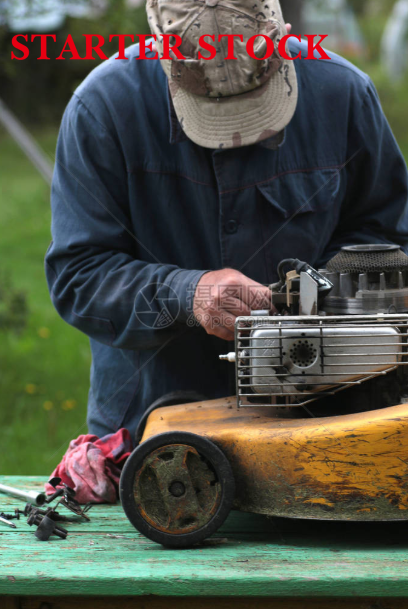
-
Starterstock Starter Drive Bendix for Beta Enduro RR/Xtrainer
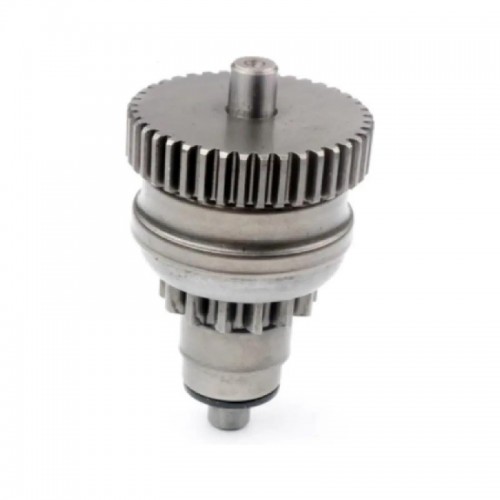
-
Starterstock Starter Drive Bendix for Sea-Doo Speedster 200 Twin 4-TEC

-
Starterstock Starter Drive Bendix for Polaris Trail Blazer/Sportsman
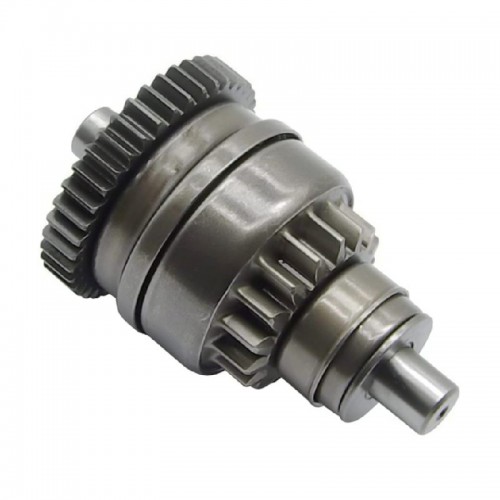
-
Starterstock Starter Drive Bendix for Kawasaki Jet Ski 650-1100
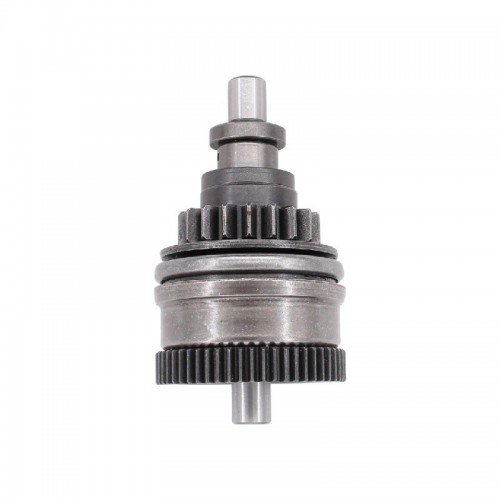
-
Starterstock Starter Drive Bendix for Yamaha WaveRunner/WaveRaider
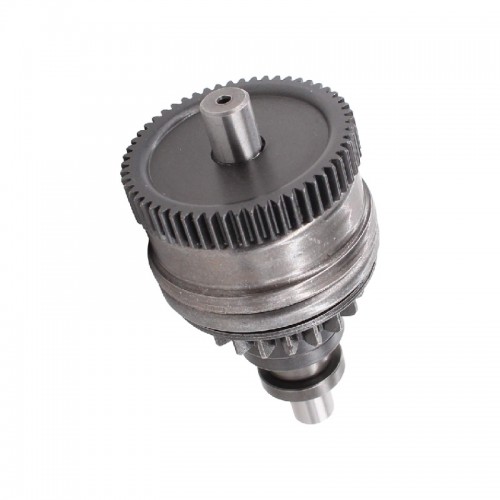
-
Starterstock Starter Drive Bendix for Polaris Sportsman/Ranger
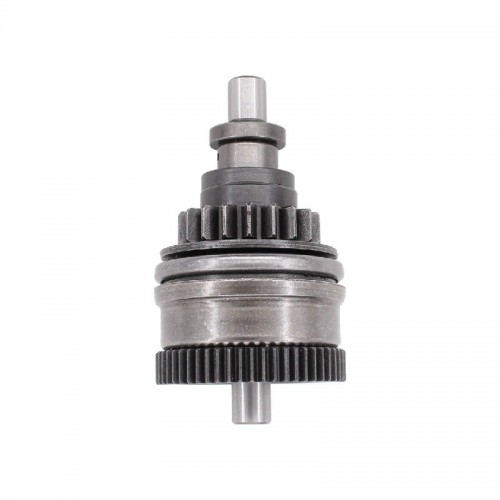
-
CARBURETOR LY-010011 for TOYOTA 4Y HILUX
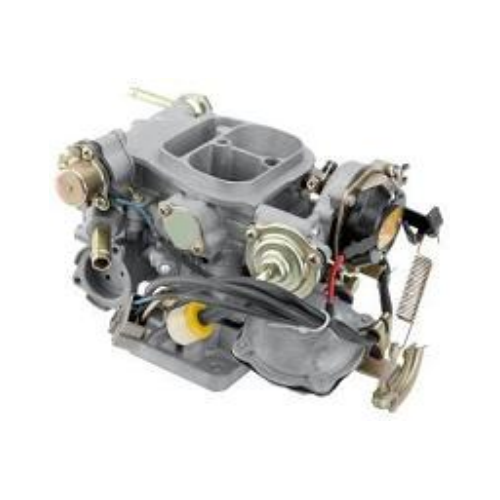
-
CARBURETOR LY-010010 for TOYOTA 3Y HIACE

-
CARBURETOR LY-010009-A for PEUGEOT 405 ZINC
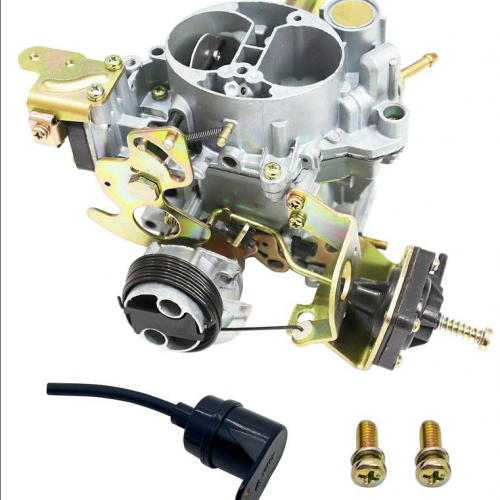
-
CARBURETOR LY-010009 for PEUGEOT 505 ZINC



